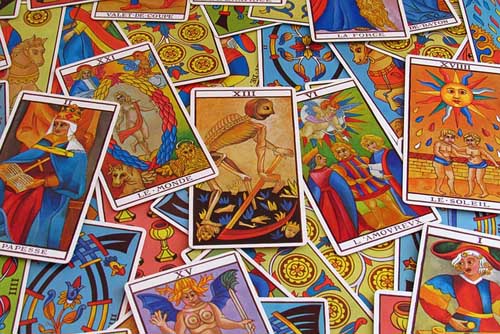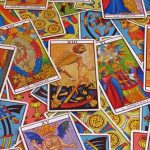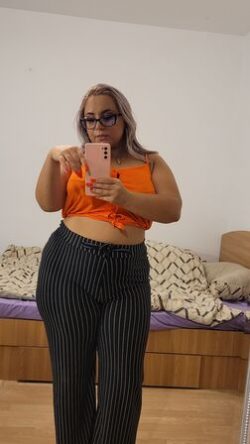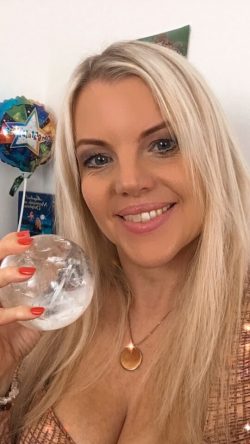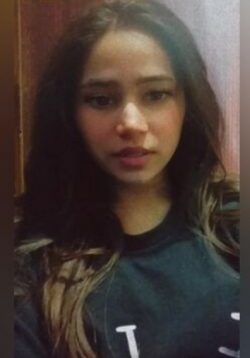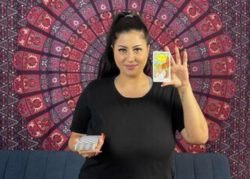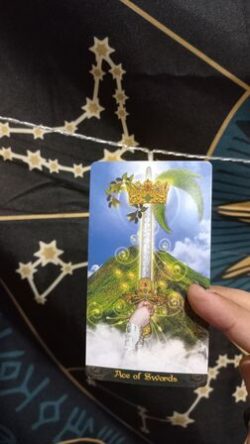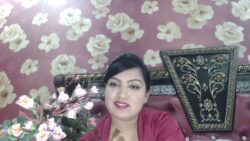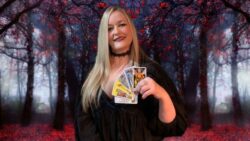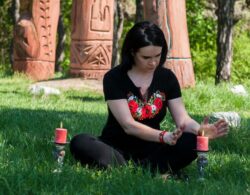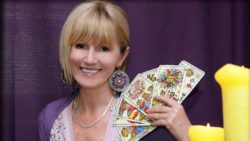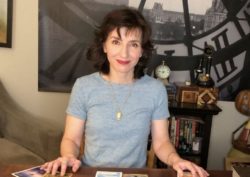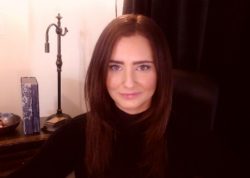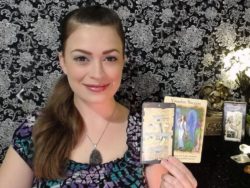Types of Tarot Cards and Their Meanings
Tarot cards have captivated people around the world for centuries, acting as a mystical tool for self-reflection, guidance, and understanding.
A typical Tarot deck consists of 78 cards divided into two main groups: the Major Arcana and the Minor Arcana, each holding specific meanings and energies that can illuminate aspects of our lives, emotions, and spiritual journeys.
Whether you’re a beginner or a seasoned reader, understanding the types of Tarot cards and their unique characteristics can deepen your Tarot practice and provide a richer, more nuanced reading.
In this article, we’ll explore the structure of a Tarot deck, the types of Tarot cards, and the meanings associated with each category.
The Structure of a Tarot Deck
A Tarot deck is traditionally divided into two main sections:
The Major Arcana (22 cards)
The Minor Arcana (56 cards), which is further divided into four suits: Wands, Cups, Swords, and Pentacles.
Each section has its own themes and purposes, giving depth to Tarot readings by exploring both universal life lessons (Major Arcana) and everyday experiences (Minor Arcana).
The Major Arcana: Life Lessons and Major Themes
The Major Arcana is composed of 22 cards, starting with “The Fool” and ending with “The World.” These cards represent significant life events, spiritual lessons, and archetypal themes.
When a Major Arcana card appears in a reading, it usually signifies a powerful, transformative influence or an important turning point.
Here’s a quick overview of some key Major Arcana cards:
The Fool: Signifying new beginnings, spontaneity, and taking leaps of faith.
The Magician: Representing manifestation, resourcefulness, and the power to create.
The High Priestess: Associated with intuition, the subconscious mind, and inner wisdom.
The Empress: Symbolizes fertility, abundance, and nurturing.
The Emperor: Represents authority, structure, and stability.
The Lovers: Often linked to relationships, choices, and aligning values.
The Chariot: A card of willpower, determination, and overcoming challenges.
The Wheel of Fortune: Reflecting cycles, destiny, and turning points.
The Death: Not to be feared, this card symbolizes transformation, endings, and new beginnings.
The World: The final card, indicating completion, achievement, and a sense of fulfillment.
Each card in the Major Arcana has its own complex meanings, and together, they form a narrative journey known as “The Fool’s Journey,” representing the spiritual evolution of the individual.
The Minor Arcana: Everyday Experiences and Situations
The Minor Arcana consists of 56 cards, divided into four suits: Wands, Cups, Swords, and Pentacles. Each suit has 14 cards, numbered Ace through 10, and four Court Cards—Page, Knight, Queen, and King.
These cards typically reflect the challenges, emotions, and choices we encounter in our day-to-day lives.
1. Wands: Fire, Creativity, and Passion
The Wands suit, associated with the element of fire, represents energy, ambition, inspiration, and passion. Cards in this suit often relate to career, creativity, and personal growth.
Ace of Wands: A card of new inspiration, motivation, and potential.
Three of Wands: Indicates exploration, planning, and setting intentions for the future.
Ten of Wands: Often signifies burdens, responsibility, and feeling overwhelmed.
Wands Court Cards represent different personalities or energies:
Page of Wands: Youthful enthusiasm and curiosity.
Knight of Wands: Passion, action, and impulsiveness.
Queen of Wands: Confidence, independence, and self-assurance.
King of Wands: Leadership, vision, and charisma.
2. Cups: Water, Emotions, and Relationships
The Cups suit, aligned with the element of water, deals with emotions, intuition, relationships, and matters of the heart. Cards in this suit often explore emotional growth, love, and inner peace.
Ace of Cups: Represents new love, emotional connection, and spiritual awakening.
Four of Cups: A sign of apathy, contemplation, or dissatisfaction.
Ten of Cups: Represents fulfillment, happiness, and harmonious family relationships.
Cups Court Cards reflect different levels of emotional expression:
Page of Cups: Childlike wonder, creativity, and gentle feelings.
Knight of Cups: Romantic, idealistic, and often a “dreamer.”
Queen of Cups: Compassionate, nurturing, and deeply empathetic.
King of Cups: Balanced, emotionally mature, and supportive.
3. Swords: Air, Intellect, and Challenges
The Swords suit, associated with the element of air, relates to intellect, communication, and conflict. These cards often highlight mental challenges, decision-making, and truth-seeking.
Ace of Swords: Clarity, truth, and new ideas.
Three of Swords: A card often associated with heartbreak, sorrow, and painful truths.
Ten of Swords: Indicates endings, betrayal, or an inevitable conclusion.
Swords Court Cards represent varying levels of intellectual and communicative qualities:
Page of Swords: Curiosity, communication, and mental sharpness.
Knight of Swords: Action-oriented, assertive, and sometimes impulsive.
Queen of Swords: Insightful, independent, and analytical.
King of Swords: Wisdom, authority, and intellectual strength.
4. Pentacles: Earth, Material Aspects, and Stability
The Pentacles suit, tied to the element of earth, reflects material aspects such as wealth, career, and physical health. Pentacles cards often deal with work, finances, and the practical side of life.
Ace of Pentacles: Represents prosperity, new financial opportunities, and abundance.
Five of Pentacles: Signifies financial hardship, loss, or feeling left out.
Ten of Pentacles: A card of legacy, family, and long-term security.
Pentacles Court Cards represent grounded, practical, and nurturing qualities:
Page of Pentacles: The energy of learning, growth, and financial curiosity.
Knight of Pentacles: Diligent, responsible, and detail-oriented.
Queen of Pentacles: Warm, generous, and practical, especially in providing for others.
King of Pentacles: Wealthy, successful, and a pillar of security.
Choosing the Right Tarot Deck for You
While the traditional Tarot deck is structured as described, modern Tarot creators have developed many unique decks that may resonate differently with readers.
Some decks are themed, such as nature-based, animal, or fantasy Tarot, while others reflect specific cultural symbols, mythologies, or philosophies.
Tips for Using Tarot Cards
1. Choose a Deck that Speaks to You: If you’re drawn to a particular deck’s imagery, symbols, or theme, you’re more likely to form a strong connection with it.
2. Practice Intuitive Reading: While understanding the traditional meanings of each card is helpful, trusting your intuition and letting images speak to you is equally important.
3. Create a Sacred Space: Set up a peaceful environment for your readings. Lighting a candle, using crystals, or listening to calming music can help you connect with the cards.
The Mysterious Insights of Tarot
Each Tarot card holds a unique message and energy, offering insight into different aspects of life, from the spiritual and emotional to the practical and material.
Understanding the types of Tarot cards, from the significant lessons of the Major Arcana to the day-to-day experiences symbolized in the Minor Arcana, can deepen your readings and help you unlock the Tarot’s potential to guide, support, and illuminate your journey.
Whether you’re new to Tarot or have years of experience, each card invites you to connect more deeply with yourself, exploring the mysteries and insights it has to offer.
